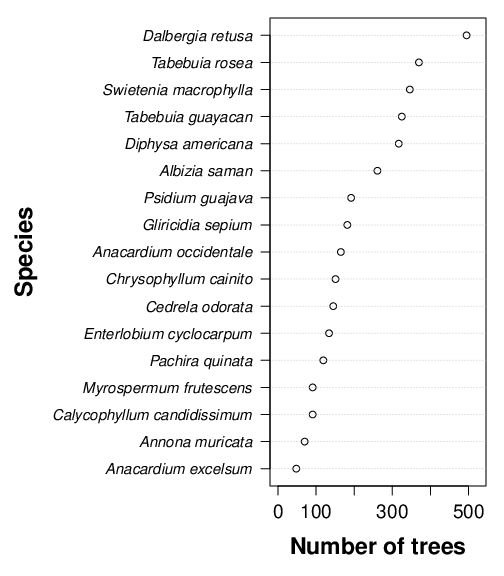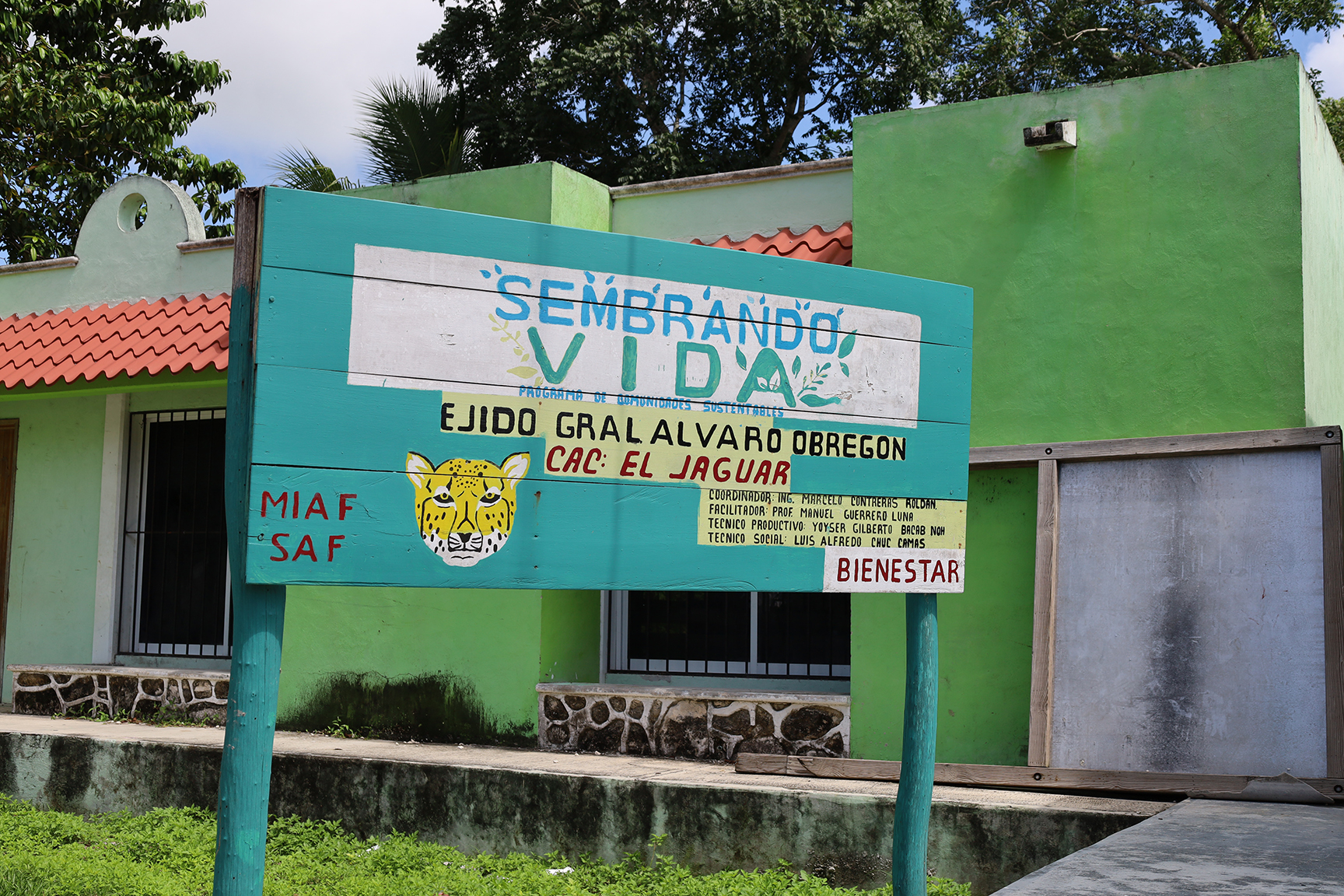Introduction
The Vida Nativa Tropical Forest Restoration Project, launched in the early 2020s, targets degraded tropical and subtropical lands in Argentina, with reported ties to broader Latin American efforts. It emphasizes native tree planting to restore ecosystems, enhance biodiversity, and support carbon sequestration, aligning with global goals like the UN Decade on Ecosystem Restoration [G2]. Recent 2025 certifications validate its scale, positioning it as a model for combating deforestation amid alarming trends—such as a 94% decline in wildlife populations in Latin America since 1970 [G1]. However, expert analyses reveal tensions: while proponents highlight ecological gains, skeptics point to corporate funding’s role in potentially prioritizing offsets over sustainable outcomes, echoing critiques of similar initiatives [G3].
Ecological Impacts and Challenges
Vida Nativa claims significant biodiversity revival through diverse native planting, but factual data from comparable projects underscores challenges. For instance, Mexico’s Sembrando Vida program planted 720 million trees by July 2022, yet faced issues like low survival rates in human-influenced landscapes [2][3].

A Yale study on tropical dry forest restoration with 19 native species in Panama reported establishment successes but highlighted vulnerabilities to drought and soil degradation [1].

In Vida Nativa’s context, 2025 analyses warn of similar risks, with tree survival often below 50% due to climate stressors [G12]. Experts like those in a Nature study argue natural regeneration could restore areas more effectively without intervention [G11], criticizing scaled projects for potential soil erosion if not diversified [G6]. Positively, certifications suggest habitat gains for endangered species, aligning with Mongabay’s findings that reforestation in lost forests maximizes climate and biodiversity benefits [G3].

Social Impacts on Communities
The project’s social footprint raises equity concerns, particularly for indigenous groups. In Panama, indigenous-led efforts combine cocoa farming with restoration, benefiting livelihoods [4], but Vida Nativa faces accusations of land displacement, mirroring Latin American trends where deforestation harms native communities [G1]. A 2023 Nature Climate Change study emphasizes community governance for synergies in sequestration and livelihoods [G13], yet critics note economic dependencies from low-wage jobs without long-term gains [G10]. social media sentiment reflects this, with posts decrying habitat loss and rights violations in similar initiatives, amplifying calls for ancestral land protections [G15][G19]. Balanced views from UNDP reports highlight guardians of forests through conscious systems [4], suggesting Vida Nativa could improve by prioritizing local leadership.
Corporate Funding and Greenwashing Risks
Multinational involvement funds Vida Nativa’s expansion but fuels greenwashing fears. A World Economic Forum piece notes forests aid corporate climate goals [G4], yet 2025 reports question if offsets mask emissions without reductions [G2]. Analyses in Sustainability Science identify bioeconomy constraints, where economic competitiveness overshadows environmental integrity [G10]. Public X posts criticize “jardinería de lujo” (luxury gardening) over true restoration, pointing to polluted ecosystems [G5][G18]. Constructively, initiatives like WeForest promote continuous improvement [G7], urging transparent metrics for survival rates and soil health.
Public Sentiment and Emerging Trends
social media buzz as of October 2025 shows mixed views: praise for certifications contrasts with skepticism over ecocide and corporate benefits [G16][G20]. Trends favor community-led models, per a 2025 Nature Reviews Biodiversity review centering biodiversity [G9]. Original insights suggest degrowth—reducing industrial footprints—could foster authentic revival, avoiding commodification [G8]. Active solutions include hybrid approaches, like Brazil’s reforestation reviving 293 species through indigenous oversight.
Since there is no specific information available on the Vida Nativa Tropical Forest Restoration Project, I will provide an overview of relevant initiatives and challenges in tropical forest restoration, focusing on key figures, recent news, studies, technological developments, and main sources.
KEY FIGURES:
- 720 million trees planted by Mexico’s Sembrando Vida program as of July 2022[2].
- 20 million native plants planted in the Yucatan Peninsula within agroforestry systems[3].
- 181 hectares of agroforestry systems planted and 966 hectares of forest placed into ecosystem services programs in Guatemala[5].
RECENT NEWS:
- Mexican Reforestation Efforts: The Sembrando Vida program has been a significant initiative in Mexico, aiming to plant over a billion trees and benefit rural farmers[2].
- Indigenous Community Efforts: In Panama, indigenous communities are leading forest restoration efforts, combining sustainable cocoa farming with native tree planting[4].
STUDIES AND REPORTS:
- Tropical Dry Forest Restoration: A study in Panama evaluated the success of reforestation with 19 native species, highlighting challenges in human-influenced landscapes[1].
- Community Forestry: Projects in Central America focus on restoring forests through agroforestry, providing income and protecting biodiversity[5].
TECHNOLOGICAL DEVELOPMENTS:
No specific technological developments were found related to the Vida Nativa Tropical Forest Restoration Project. However, initiatives like agroforestry systems and payments for ecosystem services are common technological approaches in forest restoration[5][6].
MAIN SOURCES:
-
- https://tri.yale.edu/tropical-resources/tropical-resources-vol-36/establishment-success-19-native-tropical-dry-forest – Study on the establishment success of native tree species in tropical dry forests.
- https://news.mongabay.com/2022/12/mexican-restoration-dominated-by-non-environmental-interests/ – News on Mexico’s reforestation efforts and challenges.
- https://clagscholar.org/leonardo-calzada-2023-field-report/ – Field report on the Sembrando Vida program in Mexico.
- https://www.undp.org/foodsystems/blog/guardians-forests-indigenous-path-towards-more-conscious-food-systems– Indigenous community-led forest restoration in Panama.
- https://www.fws.gov/story/2024-09/community-forestry-restoring-forests-and-storing-carbon-central-america – Community forestry initiatives in Central America.
- https://www.sdvforest.com/sustainable-storytime/big-step-forward – Initiative to promote agroforestry in Ecuador.
- https://www.ecovida.ch/en/ecovida-foundation – Ecovida Foundation’s conservation efforts in Costa Rica.
- https://initiative20x20.org/restoration-projects– Overview of land restoration projects in Latin America
Note: The Vida Nativa Tropical Forest Restoration Project is not mentioned in the provided search results, so the information focuses on similar initiatives and challenges in tropical forest restoration.



